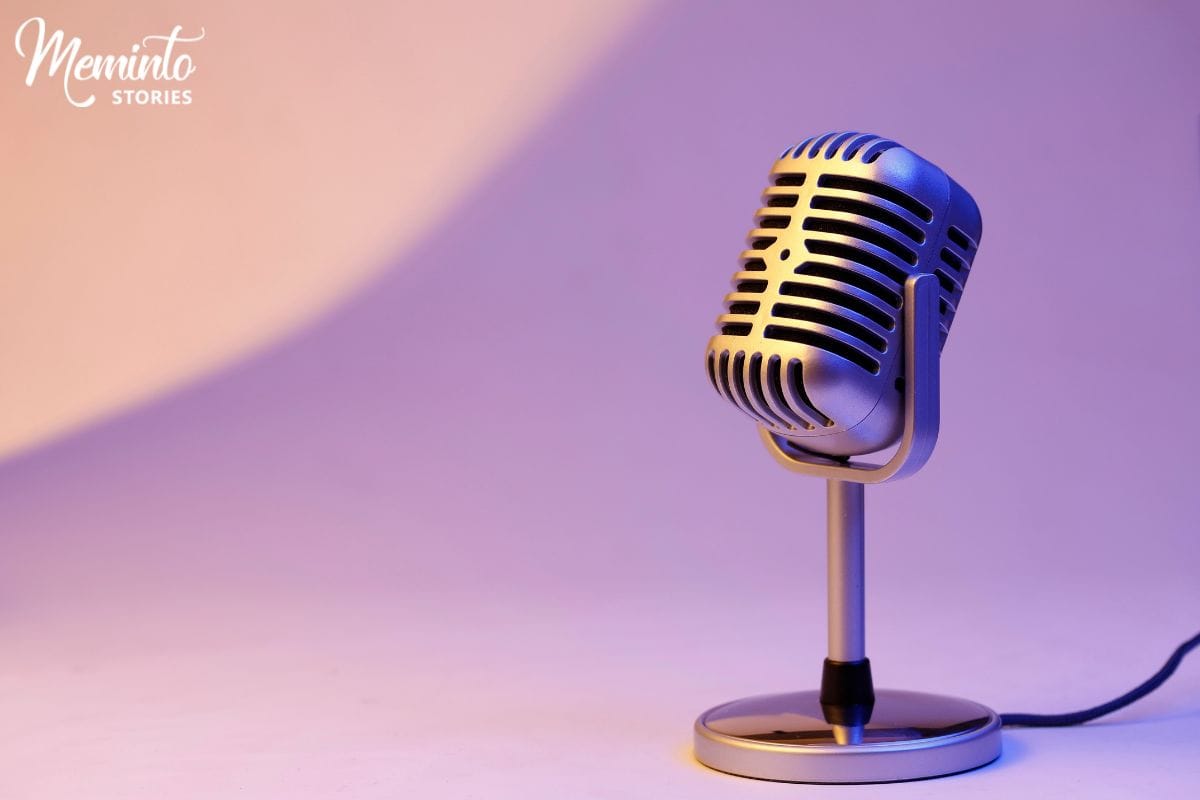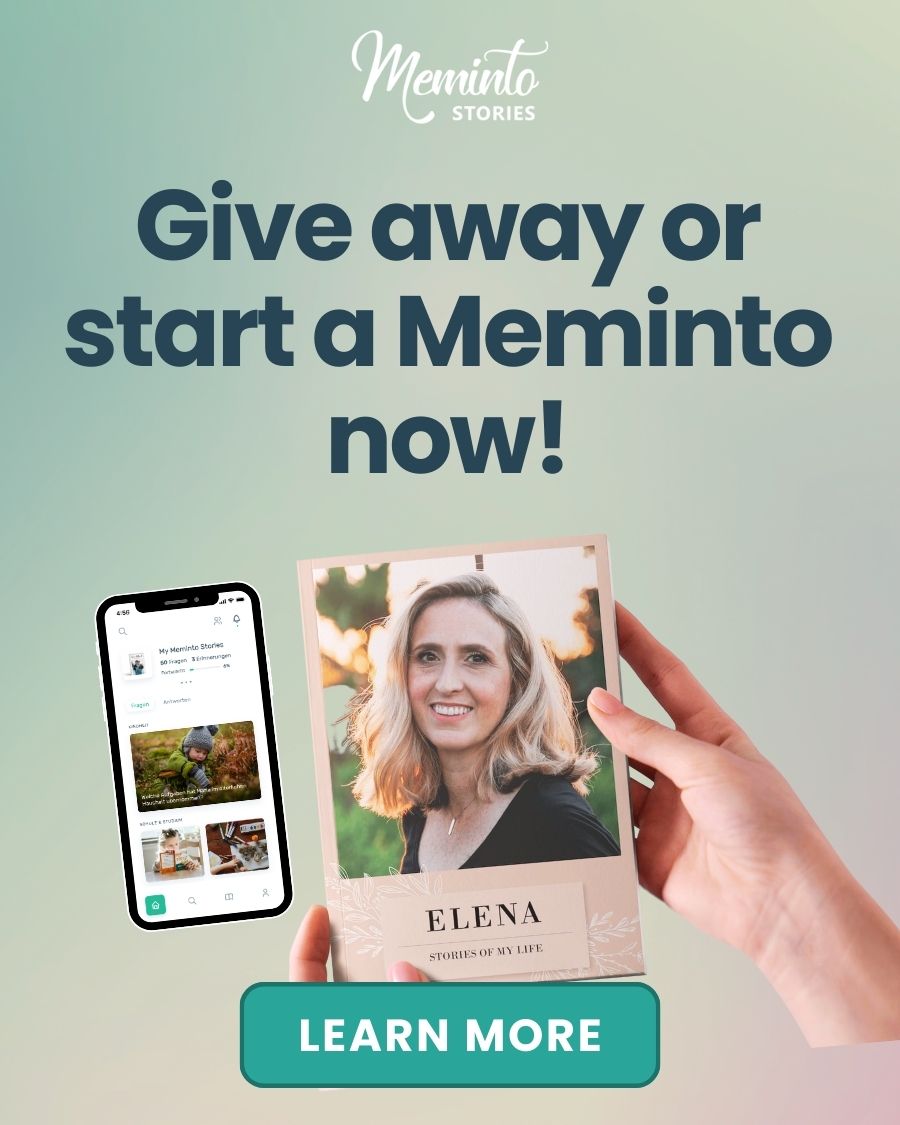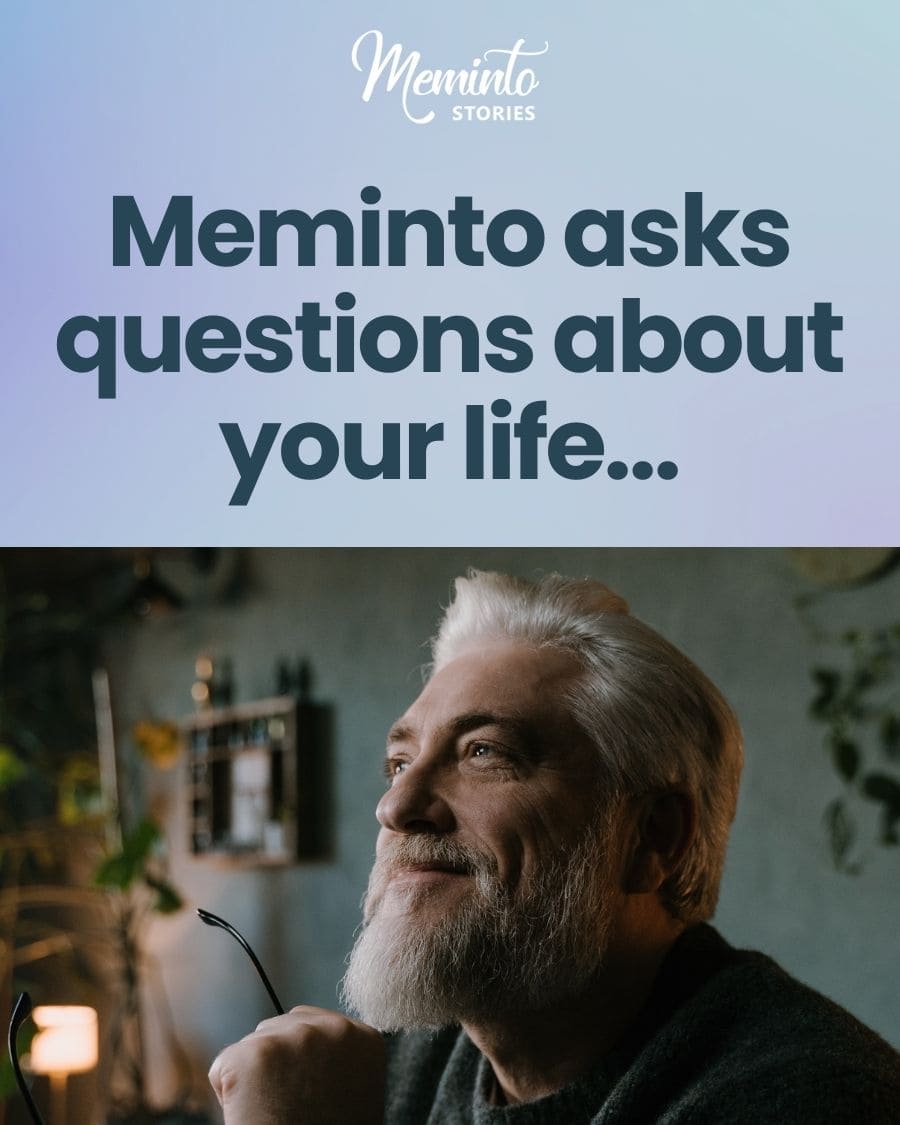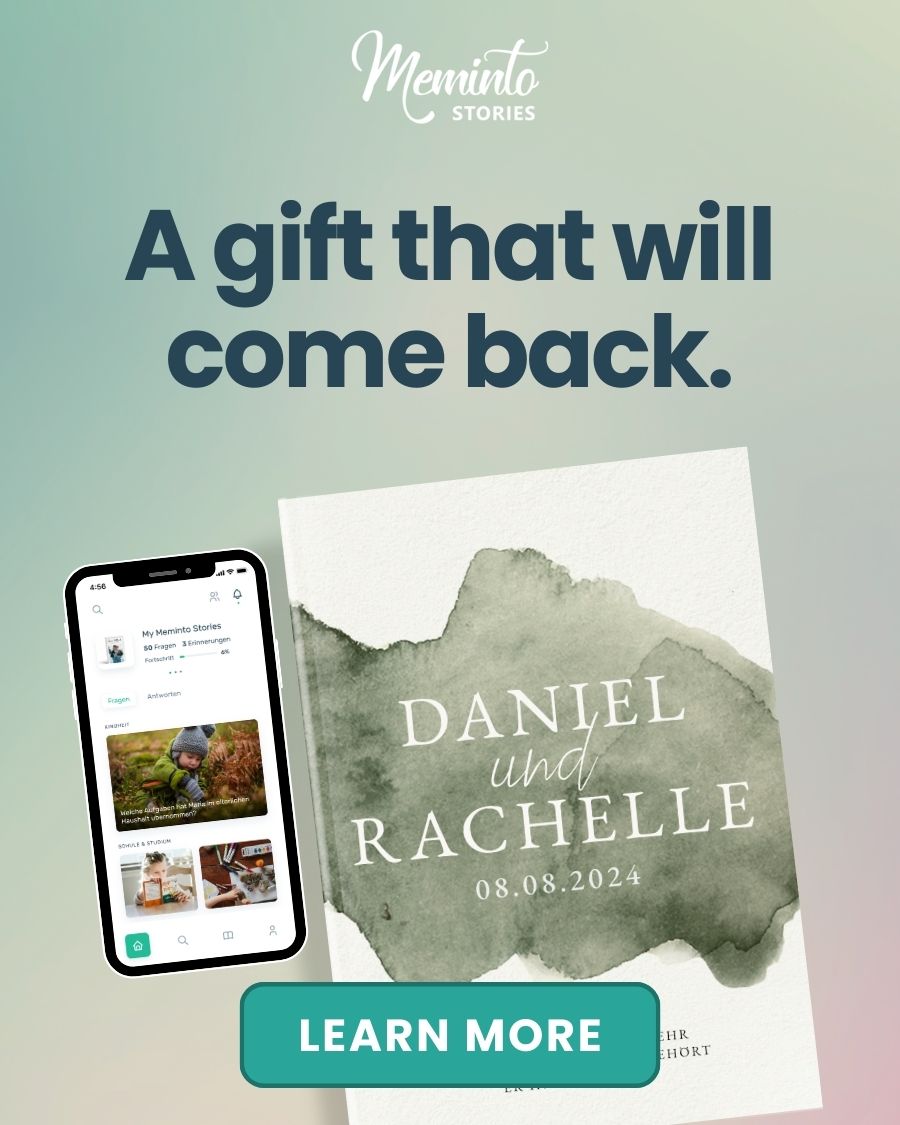Ever watched a TED Talk and felt pulled in before the speaker even said a full sentence?
That spark – the moment your audience decides to lean in – happens in the very first seconds.
💬 I once watched a TED Talk in which the speaker opened with a long list of statistics. The topic was important, but everyone in the room felt bored and restless. Then another speaker took the stage and began with a short personal story. No slides, no data. You could feel the entire audience leaning in.
How you start your talk shapes what happens next. The right opening draws people in, builds trust, and sets the tone for everything you are about to share.
In this guide, I’ll share practical ways to start your TED Talk with impact and real examples that can help you find an opening that feels true to you and not just effective on paper.
🗝️ Key takeaways
- The best TED Talk openings fit both your message and your voice.
- There is no single right way to open your talk. Sometimes it’s a story. Other times it’s a simple pause. The best openings feel like you.
- Think about what will help your audience feel ready to listen and trust where you are taking them.
- Reflecting on your own experiences can help you find an opening that feels true to you. Meminto offers a simple way to start exploring those moments.
Why your opening matters more than you think
When you step onto a TED stage, your first words do more than introduce your topic. They signal to your audience whether this is a talk worth listening to.
In those opening moments, you can create a connection, set a tone, and earn your audience’s trust. A well-crafted opening invites people in and makes them want to stay engaged.
A strong start helps listeners shift from passive to curious. It signals that what you are about to share is worth their time and attention. Without that early spark, even the best ideas can fall flat.
Think about it. How many talks have you tuned out after the first minute? It is rarely because the topic was uninteresting. More often, the opening failed to grab attention or make you feel invested.
When you get the opening right, a lot of good things follow:
- You earn the audience’s trust and attention in the first few seconds.
- You set the emotional tone for the entire talk. A warm, personal start makes people want to stay with you.
- You invite curiosity. Good openings plant a question in the audience’s mind: Where is this going? I want to know more.
If you get this part right, you give yourself the best chance to deliver a talk that resonates long after the closing words.
Best TED Talk Openings: Story, Humor, and Questions That Work
There is no perfect formula for opening a TED Talk. But if your first words do not give people a reason to pay attention, the rest of your talk will be much harder to deliver.
I once attended a TEDx Talk where the speaker opened with a definition from the dictionary. I’m sure she thought it would set the stage, but it drained the energy from the room. But once she started sharing personal stories, the difference was clear. People looked up from their phones and finally started listening.
That is the goal of your opening. You want to give people something to connect with, so they feel it is worth staying for what you are about to say.
Here are a few ways to do that:
- Start with a personal story: Sharing a moment from your life helps people understand why this topic matters to you. I remember a talk on financial literacy where the speaker began with a story about her first paycheck and the mistake that nearly emptied her bank account. It was not dramatic, but it made her instantly relatable.
- Ask a question: Questions pull the audience in and make them think. I once heard a speaker start with, “How many of you have felt stuck in a job you hate?” You could feel the shift. People sat up straighter, ready to engage because the question spoke to something real.
- Share an unexpected fact: A well-placed fact can hook attention if your topic involves surprising data. At a TEDx event, a speaker on food waste opened with, “One-third of all food produced globally is never eaten.” Right after that, there was a collective gasp as that was something no one in the room expected, as some countries are facing food shortages.
- Describe a moment: Help your audience picture something. You can say, “Imagine you were…,” or describe a scene. If you make it easy for your audience to see the moment you’re talking about, they will be drawn and are more likely to stay engaged.
- Pause before you begin: Sometimes, a simple pause is enough to focus the room. I saw a speaker walk on stage, take a deep breath, and hold eye contact with the audience for several seconds before speaking. The room fell silent, and if I said I didn’t feel chills from his gaze, I’d be lying. Everyone was fully tuned in by the time he began. Doing this gives your audience time to settle and signals that you are present.
- Use humour carefully: If humour fits your voice and the tone of your talk, use it. A small, genuine, funny moment can make your audience feel more comfortable. But do not force it or use humour that does not feel like you. I saw a short clip on YouTube yesterday, and the speaker started with a playful line: “Before we begin, a quick disclaimer. I was asked to give a talk on productivity, but I am also the queen of procrastination.” That wasn’t meant to be funny, but it is funny if you think about it. The audience laughed, and so did I. The speaker’s tone was instantly lighter, fitting her voice and topic.
The best opening is the one that fits your voice and your message. Try a few different options, and pay attention to what feels natural. A good start will help you connect with your audience and set the right tone for the rest of your talk.
How to choose the right opening for your talk
It is easy to get stuck on the opening line. Many speakers do. You want to start strong, but you also want to sound like yourself and not like you copied the style of someone else’s talk.
When I worked with a friend on her first TEDx Talk, the part that stressed her the most, she asked, “How do I know what kind of opening people will respond to?” I told her there isn’t one perfect answer, but the right opening usually feels good to you first.
1. Understand your core message
Before you think about the first words, take a step back and ask yourself what you want the audience to take away from this talk.
A story may be the right place to begin if your goal is to inspire reflection. A question or a surprising fact can grab attention if you challenge assumptions. Your opening is not separate from your message and should lead into it naturally.
2. Think about your audience
The best opening is one that meets the audience where they are.
Who will be in the room? What tone will help them feel invited into the talk, not kept at a distance? A corporate group might need a more direct start. A general audience at a community event might respond well to a more personal and conversational tone.
You do not have to overthink this. Imagine sitting down with one person from that audience. What would make them want to listen?
“We used Meminto as software to write a flexible, individual book. It worked wonderfully and we were able to print 300 books at once. That was 25 large and heavy boxes, a really nice project!” – Kari
3. Match your tone to your topic
It is tempting to think every TED Talk needs a clever or emotional opening. It does not.
If your topic is serious, your opening can reflect that. If your topic is light or playful, you have more flexibility.
I remember a speaker who opened a deeply personal talk on grief with a small and quiet story. There was no humour, no tricks, just an actual moment that made the room feel safe enough to follow the rest of what she wanted to share.
An opening that fits your topic makes it easier for the audience to trust you. They know you are not performing but guiding them through something you care about.
4. Draw from personal stories that fit
Many speakers find that starting with a story helps them and their audience relax. But choosing the right story is not always easy.
It helps to reflect on moments that genuinely connect to your message. The story does not need to be dramatic; a small, honest moment can be just as powerful.
If you feel stuck here, Meminto can help. The guided prompts help you think of personal stories that may not come to mind on their own. These stories often lead to stronger and more authentic openings (and a fun way to document your life story as a keepsake). I have seen speakers who thought they had no “good stories” find one that became the heart of their entire talk.
“I initially wanted to document my life for my children. Thanks to Meminto’s insightful questions and prompt support, my story flourished into over 300 pages across two volumes.” – Maria
5. Test your opening out loud
An opening that reads well on paper does not always work on stage.
Say it out loud. Does it sound like something you would say? Does it flow into the rest of your talk? If it feels stiff or forced, keep working.
When my friend finally settled on her opening, we tested it out loud a few times. At first, it sounded too formal. But after a few tweaks, it sounded like her, which made the audience listen.
Your audience will always respond better to something real and grounded because it draws them in.
Real-life TED Talk openings that worked
Sometimes it is easier to choose your opening when you see how others have done it. These examples are not meant to be copied. They show that a good opening fits the speaker, the message, and the audience.
Here are a few real examples to learn from.
1. Start with a personal story
In her talk “The Power of Vulnerability,” Brené Brown opened with a story about her struggles with connection and control. The story was simple and honest, which made it easy for people to relate to her.
You do not need to open with a story about your greatest achievement. Smaller and more everyday moments often create a stronger connection. A story that shows why the topic matters to you is often enough to pull people in.
2. Ask a question
In “Do Schools Kill Creativity?” Ken Robinson opened with a light and direct question that helped the audience relax. He asked if they would agree that education was supposed to prepare people for life. It was a simple question that got the room thinking.
Asking a question does not need to be dramatic or philosophical. It can be as simple as inviting the audience to consider their view before sharing yours.
3. Share a surprising fact
In “How Great Leaders Inspire Action,” Simon Sinek stated that most people or organizations do not know why they do what they do. This fact was unexpected and instantly created curiosity about the rest of his talk.
A well-chosen fact helps people focus. It should give them something to think about that naturally leads into your message.
4. Describe a scene
In “The Danger of a Single Story,” Chimamanda Ngozi Adichie begins by describing her childhood love of books and how they shaped her early understanding of the world. The scene is vivid and personal, and it gives the audience a clear image to start with.
Describing a scene works well when you want your audience to feel present with you in a moment. It helps them follow your story more easily.
5. Use humour carefully
In “Your Body Language May Shape Who You Are,” Amy Cuddy opened with a small moment of humour about feeling self-conscious in front of an audience. The humour was gentle and relatable, and it helped set a friendly tone for a talk covering science and personal experience.
If humor feels natural and fits your message, it can help the audience relax and listen more openly. But it should come from your voice and not be added just for effect.
Get $10 off your first Meminto book project 📖
We appreciate you for reading this article. As a token of our gratitude, we would like to offer you a special $10 discount on your first book with Meminto!
Final thoughts
Now you can see that strong openings come in many forms. They do not have to follow a formula. The best ones sound like something the speaker genuinely wanted to say in that moment.
If you are preparing your talk, take the time to choose an opening that feels right to you. Think about the stories, questions, or moments that connect with your message. You do not need to be clever. You just need to be honest. That is what people remember.
Not sure where your opening story begins?
Let Meminto guide you. Our simple, guided prompts help uncover the memories that move people. The ones that make your message unforgettable.


















